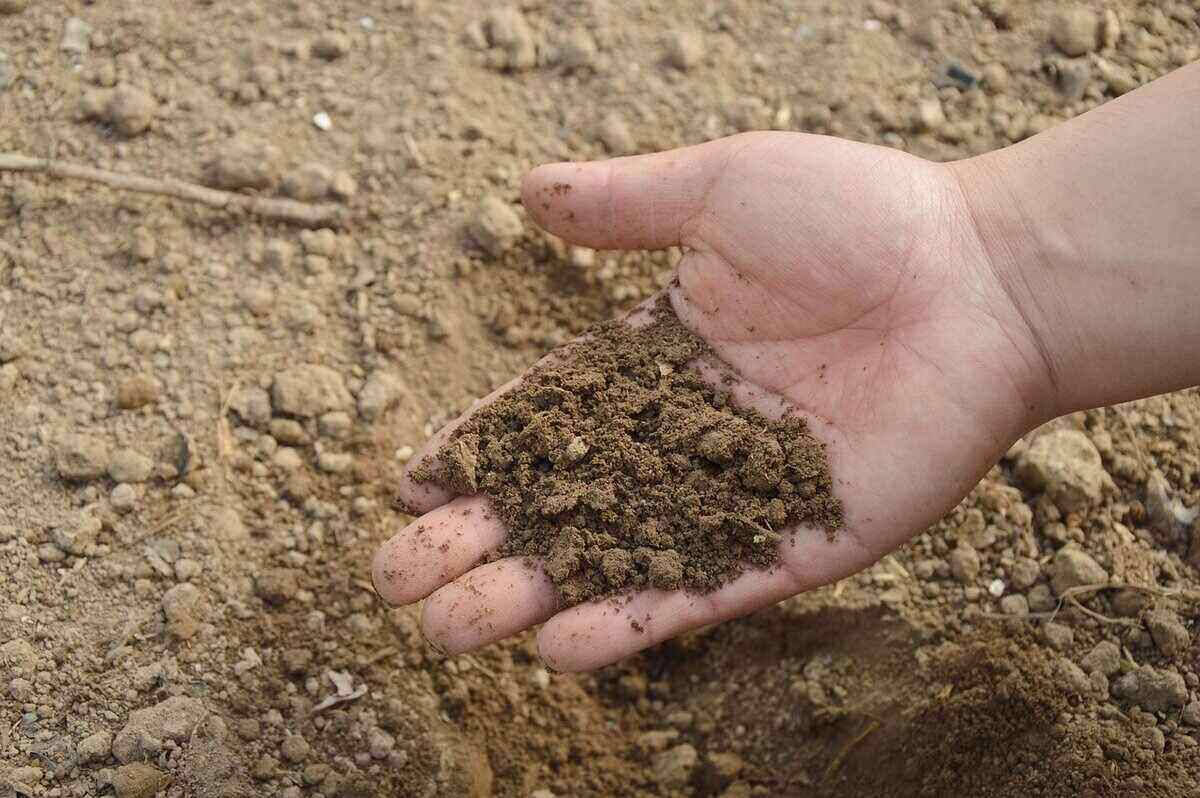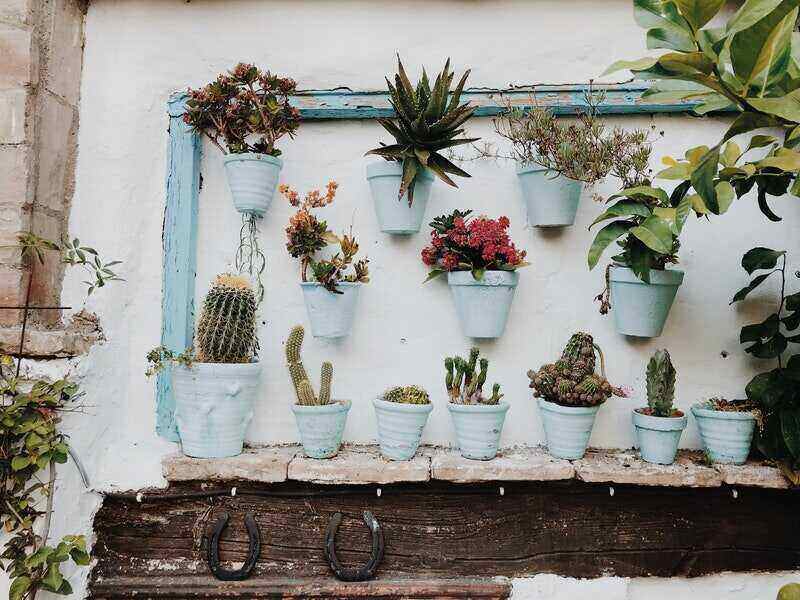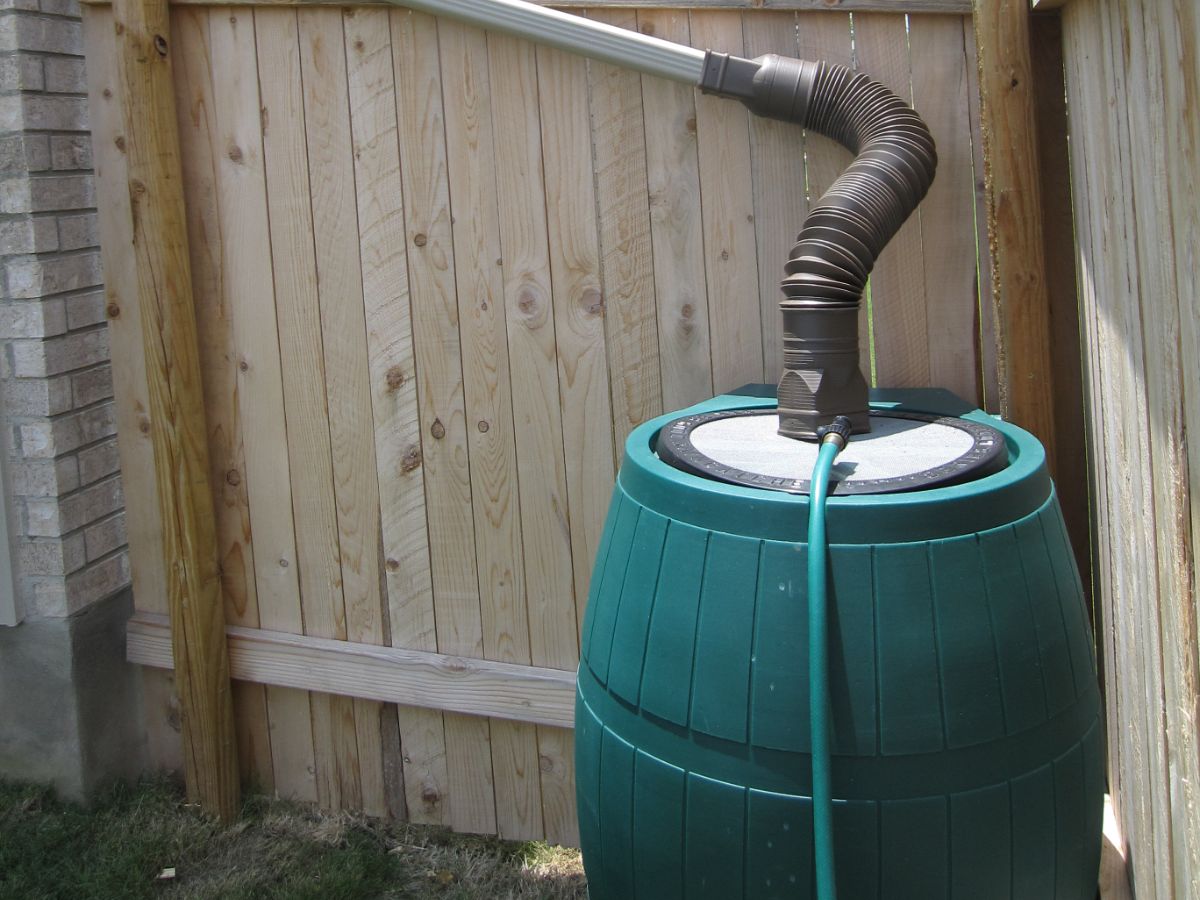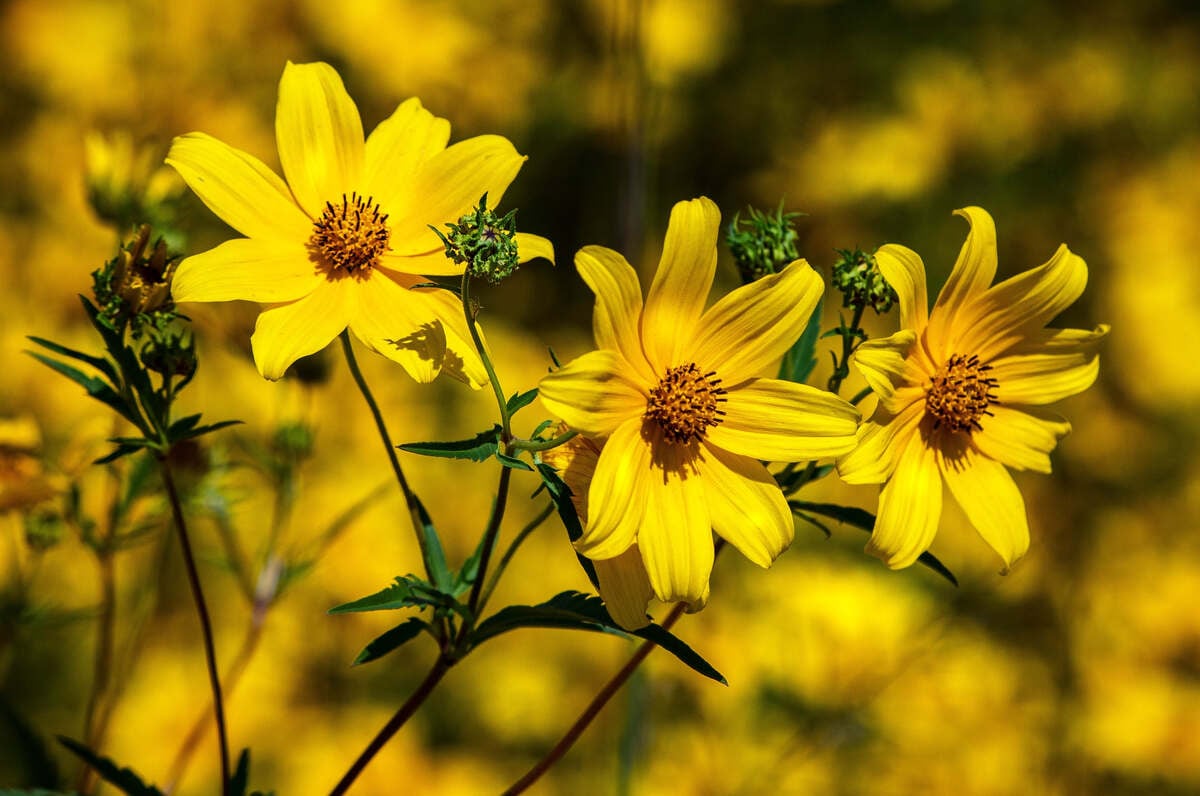
Need help brushing up on your landscaping lingo? Consider this glossary your go-to guide — whether you’re a DIY newbie or a regular weekend warrior.
A
Aeroponics
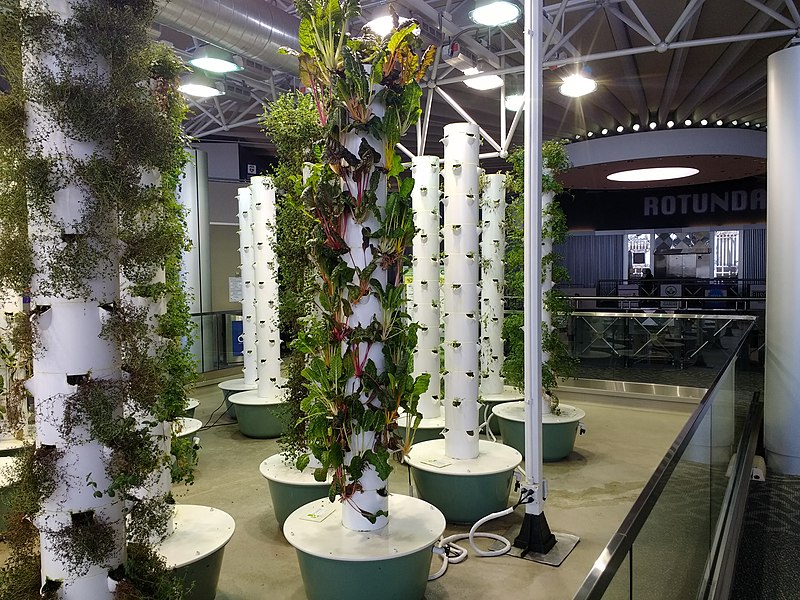
Aeroponics is a form of enclosed gardening in which no growing medium (such as soil) is used. Instead, the roots of plants are suspended in air and misted with nutrient-infused water. And because the roots are directly exposed to oxygen in the air at all times, this oxygen helps roots absorb the nutrients more quickly.
Annuals
As their name suggests, annual plants live for only one growing season and must be replanted every year. There are some varieties, however, that will replant themselves through the seeds they drop at the end of their life cycle. These seeds will become new plants on their own the following spring.
Characterized by showy, colorful blooms, annual plants typically last one to three months and die off at the first frost, at which time they should be removed. Examples of annual plants include snapdragons, salvia, geraniums, and impatiens. See “How to Winterize a Garden (in 12 Easy Steps).”
Aquatic plants
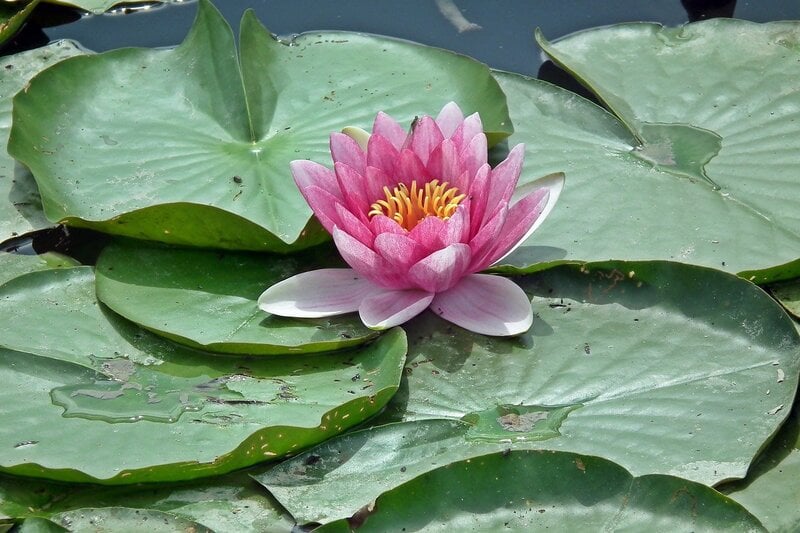
There are three main types of aquatic plants that are adapted to living in water: emergent, submerged, and floating. Emergent plants are rooted to the floor of a shallow water feature and can be seen growing above the surface; examples include cattails and bulrushes. Submerged varieties, such as pondweeds and naiads, remain underwater at all times. Floating aquatic plants include water lilies and water lotuses. See “How to Use Plants in Your Landscaping.”
Arbor
An arbor is a freestanding entryway often leading into a garden; it can also act as a method of vertical gardening or a focal point in a yard. Built with two to four posts and a roof that’s usually arched (but can be flat, as well), arbors are typically made of wood or metal, and many times, are covered in climbing plants, such as clematis, roses, or moonflowers.
Arborist

An arborist is a certified expert well-versed in the study of woody plants (aka arboriculture), such as trees and shrubs. These specialists can show you how to landscape with trees and can assist with maintaining your tree health. Other duties include pruning, planting, trimming, cabling, and safely cutting down trees when necessary.
There are several professional organizations specializing in this field, such as the International Society of Arboriculture, the Tree Care Industry Association, and the Arbor Day Foundation.
B
Berm
A rounded mound of soil or otherwise elevated area of land, a berm can be used to form a raised ground bed, slow stormwater runoff, or help trees and other plants maintain moisture at their roots. Meant to seamlessly flow with your landscape design as any natural hills and slopes would, individual berms should be no more than 2-feet tall and 5-feet wide. Berms can also be used as privacy screens and windbreaks.
Biennials
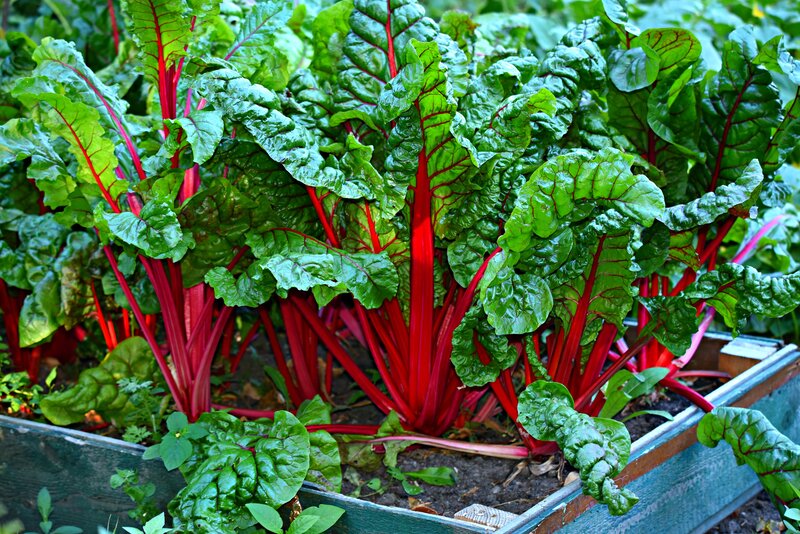
Characterized by their two-year life cycles, biennial plants fall in between those of annuals and perennials. During their first growing season, biennials will root and produce greenery (stems, leaves, etc.). In year two, flowers, fruits, and seeds will develop. By the end of the second growing season, the seeds will drop to the ground and the original plants will die off. Examples of biennials include Swiss chard, forget-me-nots, cultivars of black-eyed Susans, and poppies.
Bog garden
A bog is an area of wet (but not overly saturated) soil adjacent to an existing pond or other body of water. Turning a bog into a garden involves installing plants that thrive in such a marshy environment — think primrose, ligularia, Venus flytraps, and creeping Jenny. See “Bog Garden: How to Build One.”
Boxwood shrubs
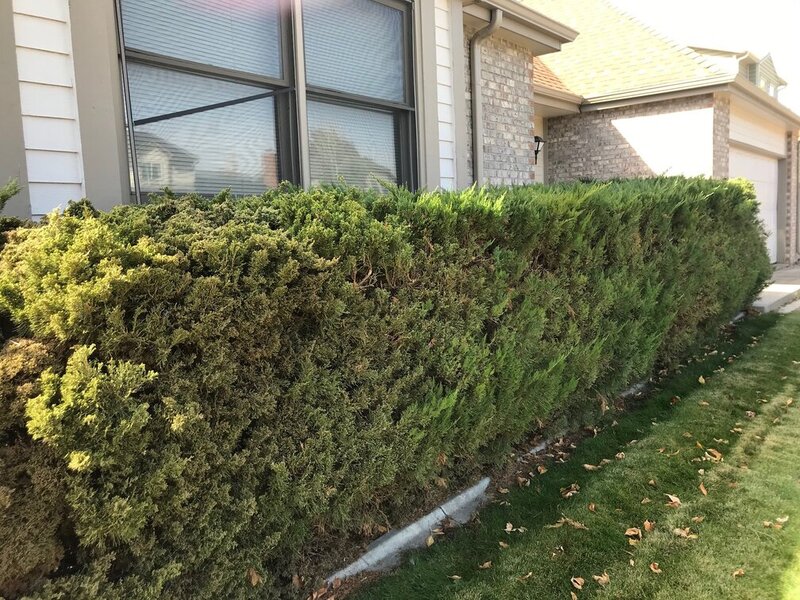
Low-maintenance lovers of full sun or partial shade, boxwood shrubs are slow-growing, broadleaf evergreens that work well as foundation plants, privacy screens, windbreaks, and borders. Growing to heights of up to 6 feet, these shrubs can also be fashioned into topiaries and shaped into just about any design. See “Boxwood Shrubs: How to Landscape with Box Shrubs.”
Broadleaf evergreens
To put it simply, broadleaf evergreens are trees or shrubs with leaves that stay green all year long but do not have a needlelike appearance. Examples include leatherleaf viburnum, camellia shrubs, mountain laurel, and boxwood varieties. See “How to Landscape with Evergreen Shrubs.”
Bulb
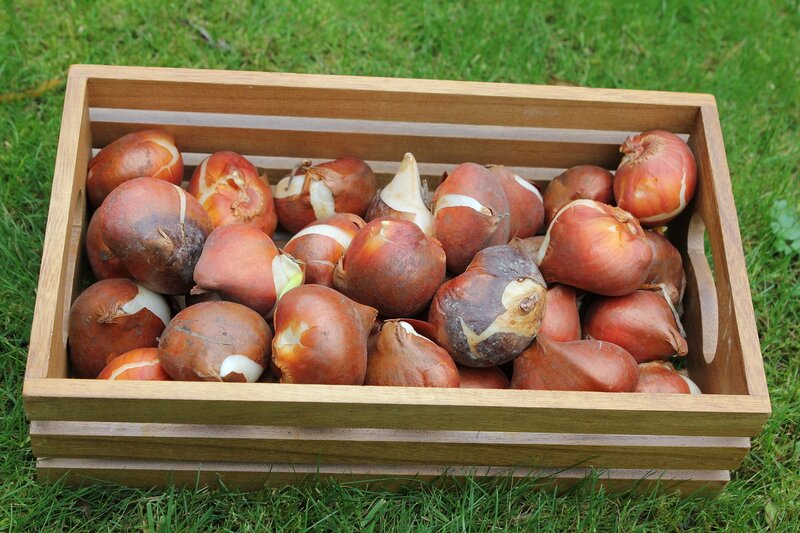
A flower bulb contains everything the plant needs to complete its growing season — a pre-packaged life cycle, if you will. Perfect for beginning gardeners, bulbs will produce blooms more quickly than plants grown from seeds and are easier to care for. Typically perennial, certain bulbs can be planted in the spring or the fall, so they blossom the following season. See “Guide to Fall Bulb Planting: What to Plant, When and How.”
Butterfly garden
A butterfly garden is a specialty garden made of flowering, nectar-producing plants. These plants give off colorful blooms and provide nourishment for butterflies and caterpillars, thus attracting them to the area. As butterflies also rely on warmth, plants that thrive in full sun are the best options, such as milkweed, elderberry, lavender, petunias, zinnias, and honeysuckle. To keep butterflies flocking to your garden, also include a water source.
C
Compost
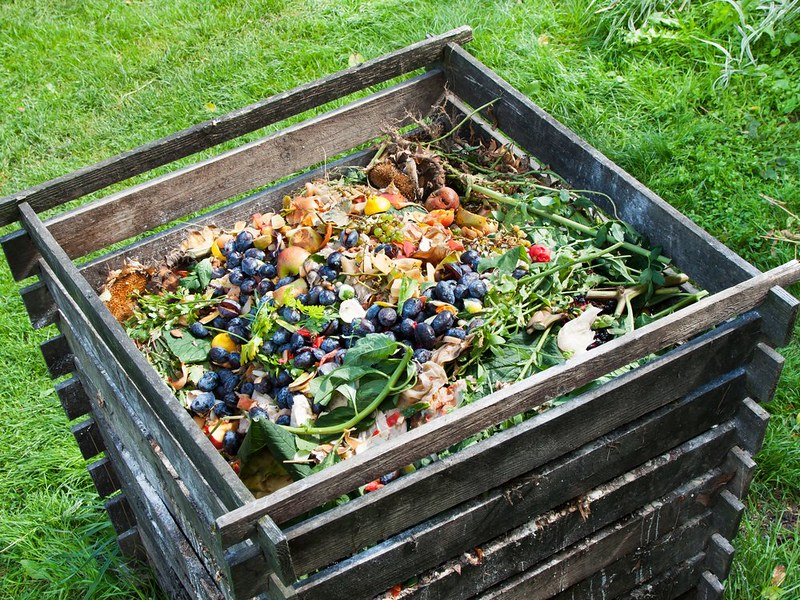
Also called “black gold,” compost is a collection of decomposed organic matter, such as leftover food, coffee grounds, eggshells, dead plants, and grass clippings. Rather than a substitute for soil, compost is an eco-friendly amendment that can be added to soil to boost nutrient levels, assist with moisture retention, and help plants grow. See “Composting 101: How to Start Your First Compost Pile.”
Coniferous evergreen
What sets these types of evergreen plants apart from broadleaf varieties are the needlelike leaves and cone-bearing branches. Available as trees and shrubs, examples of coniferous evergreens include pines, firs, junipers, and spruces.
Container garden
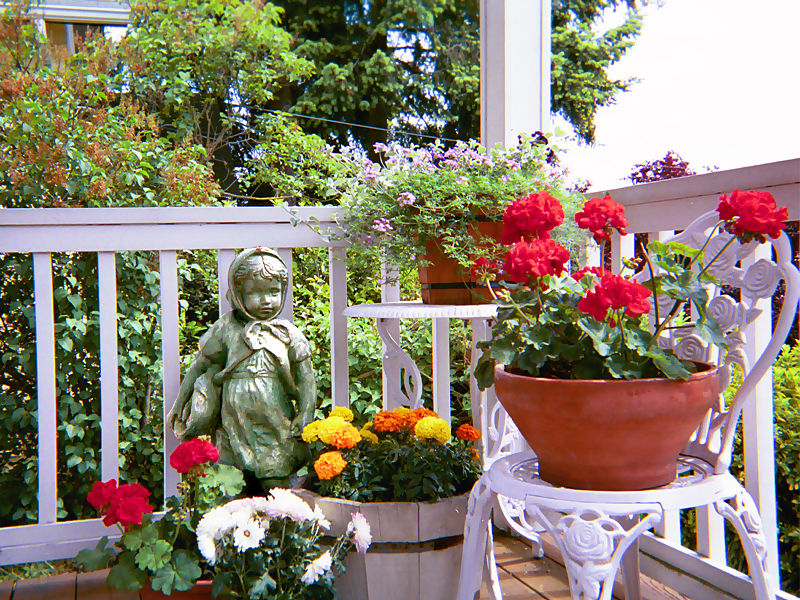
Especially beneficial for people with limited gardening space, container gardens allow you to grow everything from veggies to herbs to flowers, to dwarf shrubs and trees in decorative pots, jars, baskets, window boxes, and the like. Besides providing a place to raise your plants, containers can also bring color, texture, and shape to a small plot of land, a patio, a balcony, or a rooftop. See “How to Build Container Gardens.”
D
Deadheading
Removing the dried-up blooms of flowering plants is known as “deadheading.” Not only does this practice keep the plant looking lovely, but it also promotes new blooms and can potentially lengthen a plant’s growing season. Before deadheading any plant, be sure it’s one that can withstand it — some benefit greatly from the process, while others may be harmed.
Deciduous
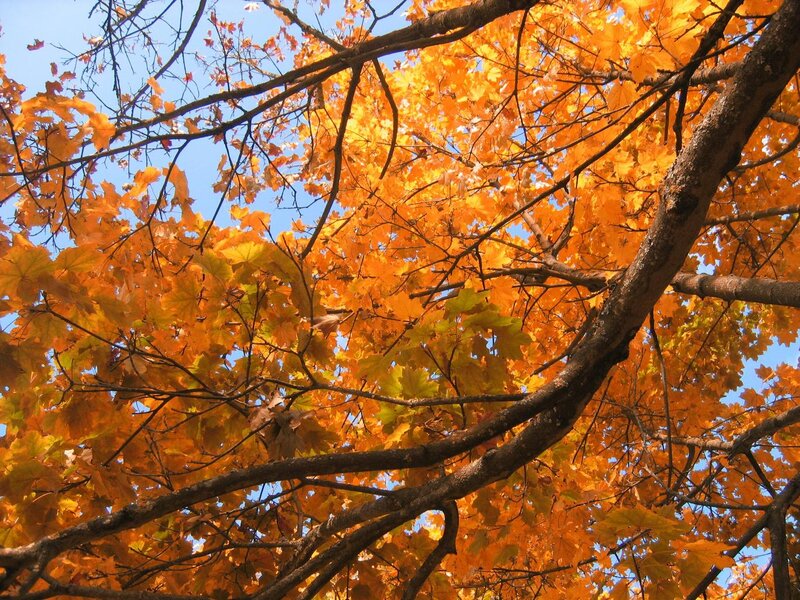
Trees and shrubs that lose their foliage each year, typically during the fall months, are deciduous. As cooler temps approach and days get shorter, there’s less sunlight available for the leaves to use to produce food. This lack of nutrients leads leaves to change color and ultimately fall off.
E
Edging
Edging helps define separate areas of a landscape design by creating clean lines. This can be done with a manual edging tool alone, or with edging materials, such as landscape timbers, stone, bricks, or plastic. Beyond this, edging also confines mulch to a specified area and helps prevent grass from invading garden beds. See “Garden Edging 101: Ideas and Tips for DIY Installation.”
F
Fencing
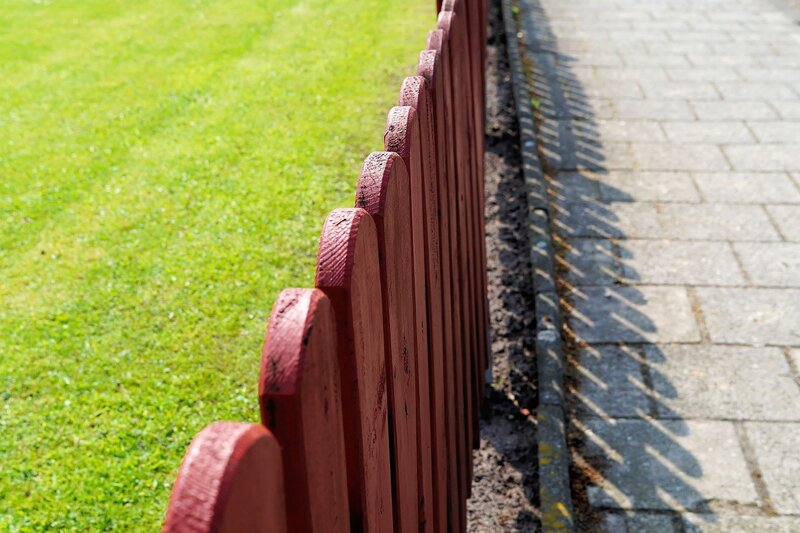
From wooden to wrought iron to vinyl to chain-link (and a variety of others), there’s a type of fencing to fit every purpose or aesthetic goal. Some fences work well as privacy screens or security measures, some add a touch of classic curb appeal, and others offer a safe place for pets and children to play. Learn more about choosing the perfect fence for your yard: “Guide to Fencing Types, Uses and Costs.”
Focal point
A focal point is an area or specific plant or statement piece where you want a person’s eye immediately drawn. This can be an ornamental tree, a sculpture, a gazebo or a pergola. Some people use rain gardens as a focal point. Others prefer lawn ornaments. Incorporating a focal point into your landscape design brings balance and structure to your yard. A focal point also can increase your home’s curb appeal.
French drain
A solution to overly wet areas of your yard, a French drain is simply a perforated pipe set into a ditch or trench dug into the ground and covered with a layer of gravel. This pipe helps redirect water away from your home or other trouble spots in your yard.
G
Gazebo
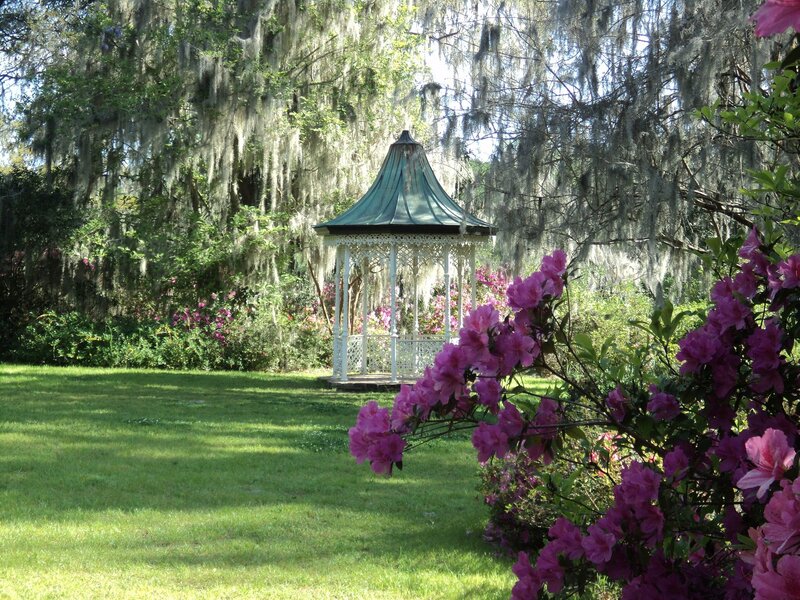
Traditionally a circular or octagonal shape, gazebos are freestanding, outdoor shelters with roofs, pillars, and open sides. In addition to acting as a focal point in landscape designs, gazebos also provide shade. Usually made of wood or metal, these structures are sometimes outfitted with screens, curtains, or latticework for privacy. See “10 Ideas for Landscaping with Gazebos“
Grading
Grading the land on a property means leveling the surface to prepare for the installation of landscaping and hardscaping. Many times, the ground is graded to be flat (perfect for putting in walkways and patios), and other times, it’s graded on a slope, which can help with erosion and stormwater runoff.
Greenhouse
A greenhouse is a structure built for the purpose of raising plants. Glass walls allow sunlight to filter in, drip irrigation provides water for plants, and the climate-controlled environment allows for year-round gardening. See “7 Things To Know Before Building a Greenhouse“
Green walls

Also referred to as “living walls,” green walls are a form of vertical gardening, in which soil or another growth medium is attached to the wall and plants are installed. Typically built with an irrigation system or self-watering system, green walls can be mounted to an exterior or interior wall of a house or other building. It can also be a freestanding garden wall or trellis. Green walls not only boost curb appeal, but also help block sun during warmer months, provide insulation during winter, and reduce stormwater runoff. See “Green Walls: How to Create a Living Landscape (or Wallscape).”
Ground cover
Often used as a substitute for lawn grass in low-maintenance landscape designs, ground covers are low-growing, creeping plants that spread to cover a certain area of yard space. Besides replacing lawn grass, ground covers can also be used to add color and texture to gardens, fill in shady areas where nothing else will grow, and prevent weeds from overtaking beds. Examples of ground cover plants include sedum, pachysandra, bugleweed, and ice plant. See “15 of the Best Ground Cover Plants.”
H
Hardscape
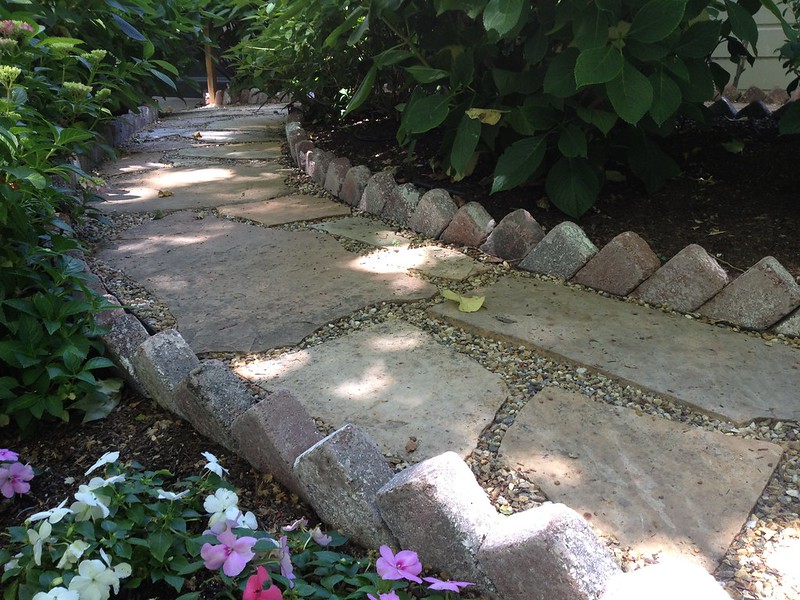
The hardscape areas of a property are the nonliving features of a landscape, such as paved areas, concrete, and stones. Hardscape does not include living, “softscape” features such as lawn grasses and garden plants.
Hydroponics
A blend of the Greek words “hydro” (water) and “ponos” (labor), hydroponics is a process that uses nutrient-rich water, instead of soil or other growing medium, to grow all sorts of plants. Perfect for use in vertical gardening, such as living walls, hydroponics is pretty low-maintenance, as it runs its own irrigation system.
L
Landscape architect
A landscape architect differs from a landscape designer in that the former must have a degree in landscape architecture and be licensed by the state where he or she works. Duties include planning entire environments, ensuring nature and urban coexist in a healthy and aesthetically pleasing way. These pros can design residential landscapes, as well as parks, trails, campuses, and other commercial spaces.
Landscape fabric
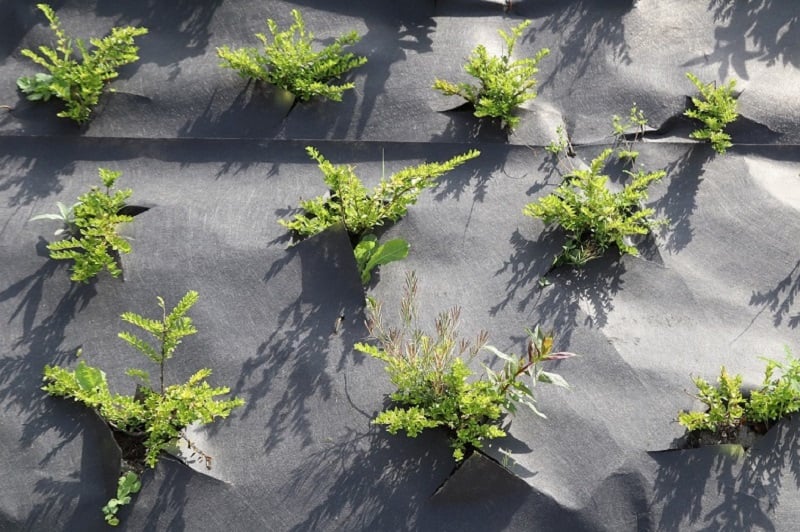
The purpose of landscape fabric is to block weeds from growing among your garden beds. Made from a permeable, woven or non-woven textile, landscape fabric is typically sold in sheets and oftentimes features UV protection. See “How to Install Landscape Fabric (in 9 Easy Steps)”
Landscape lighting
Landscape lighting is any sort of illumination installed into an outdoor space. It can be used to light a garden path or front walk, add ambiance to a backyard patio, increase security and safety, or showcase focal points in your design. Lighting can be done through traditional electricity or with solar-powered lights.
Landscape timbers
Landscape timbers are wooden planks with flat tops and bottoms that can be used for improvements including edging, fencing, retaining walls, and raised garden beds. Low-maintenance and low-cost, landscape timbers come in treated and untreated natural wood, as well as synthetic options. See “Landscape Timbers: 9 Ways to Use Them in Your Yard.”
M
Moon garden
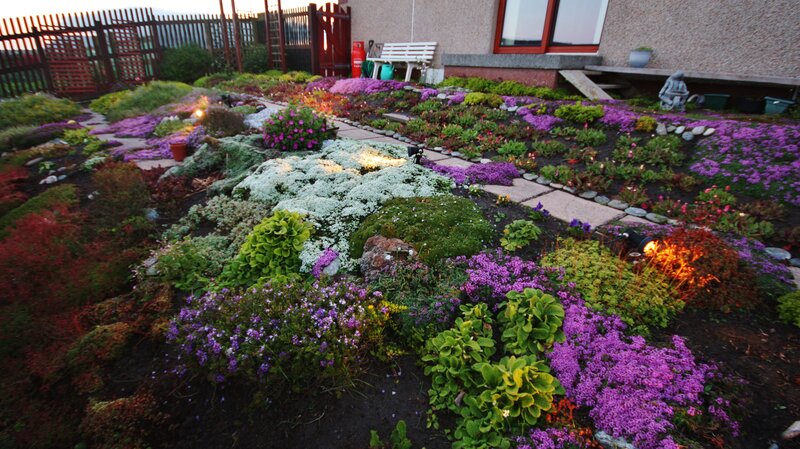
A moon garden is a specialty garden created to showcase nocturnal plants, those that bloom by the light of the moon. These plants typically have white or light-colored flowers and reflect the moonlight, so they’re easier to see in the dark. Types of plants to grow in moon gardens include moonflower, snowdrops, and Angel’s trumpet. See “18 Night-Blooming Plants for a Moon Garden.”
Mulch
A layer of material that covers plant roots to help retain moisture, prevent weeds, and boost curb appeal, mulch can be organic (shredded bark, pine needles, grass clippings) or inorganic (landscape fabric, stone, rubber). See our “Mulch Guide: Types, Pro Tips and Where to Mulch.”
N
Native plants
Native plants include flowers, trees, shrubs, and grasses that are indigenous to a specific region. Native North American grasses include the prairie grasses that once covered major parts of what would become the United States. Examples of other plants native to the U.S. include the Tennessee coneflower, the prickly pear cactus, pawpaw trees, common yarrow, and red maple.
Nematodes
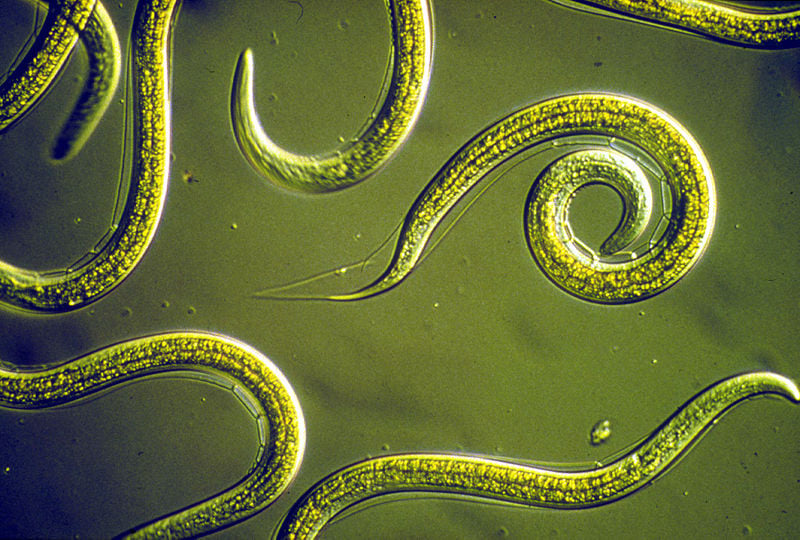
A natural predator of plant pests such as Japanese beetle grubs and gnats, nematodes can be purchased online and shipped directly to your home. Once they arrive, apply them to your soil immediately. They reproduce on their own and can provide lasting pest control.
O
Ornamental grasses
Unlike turf grass, ornamental grasses are more cold hardy and used specifically for decorative purposes, to add textural and overall visual interest to landscape design. However, sometimes ornamental grasses are used as ground covers. These grasses are low-maintenance and usually never need to be mowed, except maybe once per year. Examples include sedges, feather reed grass, blue fescue, and zebra grass. See our “Ornamental Grasses Guide.”
P
Pavers
Made of stone, tile, brick, clay, or concrete, pavers can be used for driveways, pool decks, flooring for patios, or stepping stones for walkways, just to name a few ideas. For more inspiration, see “How to Landscape with Pavers.”
Pea gravel
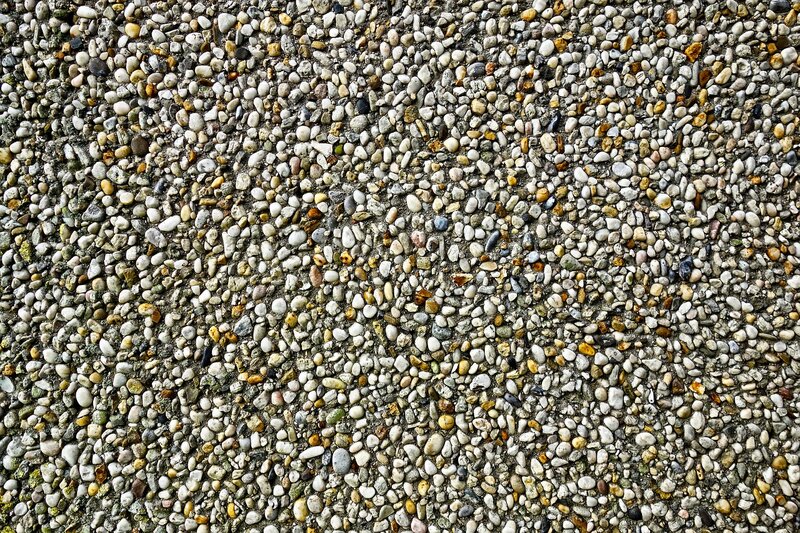
A collection of smooth rock fragments, pea gravel is great for building hardscapes, such as outdoor stairs with landscape timber, the base of a children’s playground, and garden borders, among other things. Pea gravel comes in a variety of colors — from white to cream to gray to brown — and can also be used as inorganic mulch. See “How to Landscape with Pea Gravel.”
Perennials
Perennials are plants that come back on their own every year. However, their growing season tends to be much shorter and less showy than annuals. Typically, perennials will bloom only in spring, summer, or fall, and when their season ends, their roots go dormant until the following year. Perennials can have life cycles that last from three years to a few decades, depending on the plant. Examples of perennials include coneflowers, clematis, zinnias, and marigolds.
Pergola
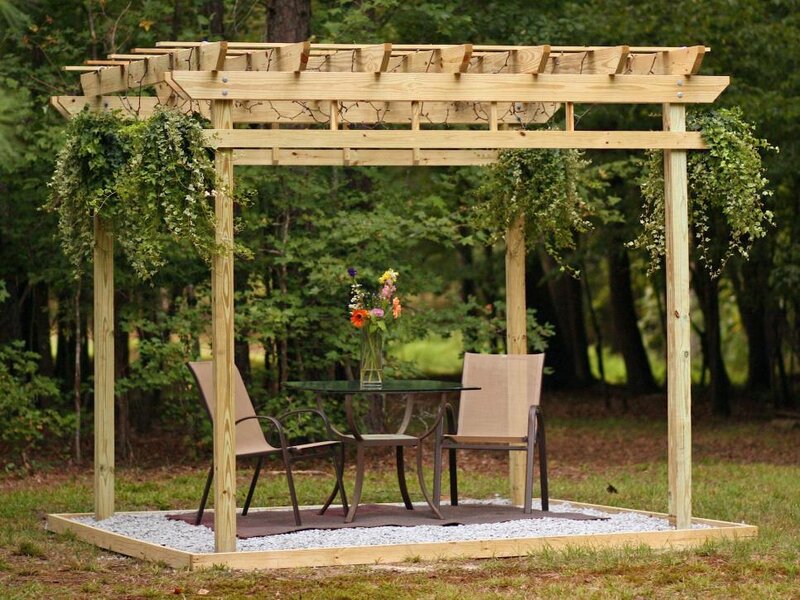
A pergola is an outdoor structure made of pillars, a latticed rooftop, and open sides. Sometimes, curtains or lattices are added to these sides for more privacy. Pergolas can be made of wood or vinyl and used for a variety of purposes, such as providing shade by a pool, enabling vertical gardening, acting as a privacy screen, and extending living spaces to the outdoors. See “9 Pergola Ideas to Add Shelter and Style in Your Yard.”
Privacy hedge
Also referred to as “living fencing,” a privacy hedge can be fashioned from deciduous or evergreen trees and shrubs. Note, though, that the evergreen option lasts all year long. In addition to keeping prying eyes out, privacy hedges can also act as noise barriers and windbreaks. See “11 of the Best Privacy Hedges.”
Pruning
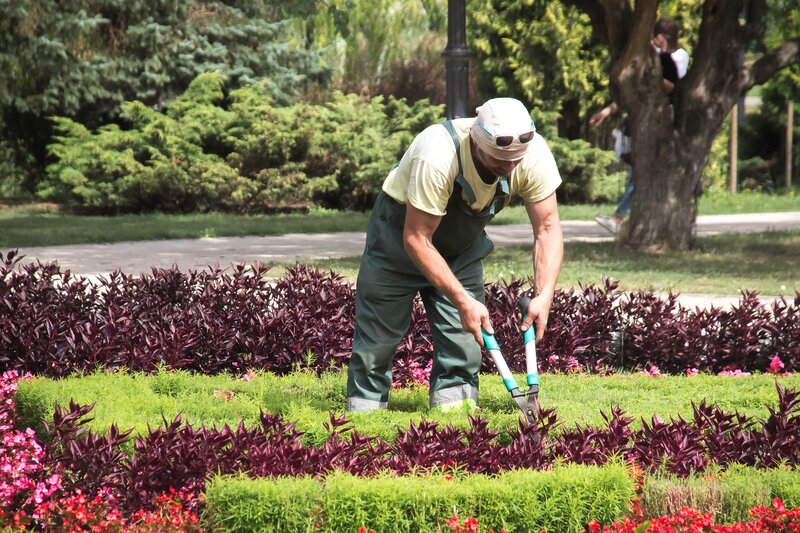
Pruning promotes the healthy growth of trees, shrubs, and flowering bushes by cutting back dead or excess branches, stems, and blossoms. Besides training plants into the shape you want and encouraging new growth, pruning can also protect your property from falling debris and improve your overall curb appeal. See “Signs Your Tree Needs Pruning.”
R
Rain garden
Despite how it may sound, rain gardens aren’t made of wetlands; instead, their purpose is to soak up stormwater runoff that falls from roofs, lawns, and hardscapes. Created in a depressed area of a landscape design, rain gardens include native shrubs, grasses, and flowers that can tolerate standing water for up to 48 hours. See “How to Design a Rain Garden.”
Raised garden beds
A raised garden bed is an above-ground area of soil used for planting. Raised beds can be flat-topped mounds with no edging surrounding them, or more typically, elevated ground beds with borders or containerized planters a few feet off the ground. Made of wood, concrete, cinder blocks, metal, fabric, or a variety of other materials, raised beds can extend growing seasons, conserve water, and make gardening accessible to all ages and abilities, as there’s no need for bending. See “5 Creative Ideas for Raised Garden Beds.”
Retaining wall
Whether it’s made from landscape timbers, concrete, bricks, or stone, a retaining wall is meant to keep soil in place, especially for elevated and sloped terrain. Retaining walls help prevent erosion and provide a leveled-off surface for garden beds and hardscapes.
River rock
Taken from streams, beaches, and riverbeds, river rock is a collection of rocks that have been smoothed, worn, and semi-polished by moving water. Available in a range of sizes and colors, river rocks work well as garden borders, walkways, and playgrounds bases, and they help prevent erosion, suppress weeds, and reinvigorate curb appeal. See “How to Landscape with River Rock.”
Rock garden
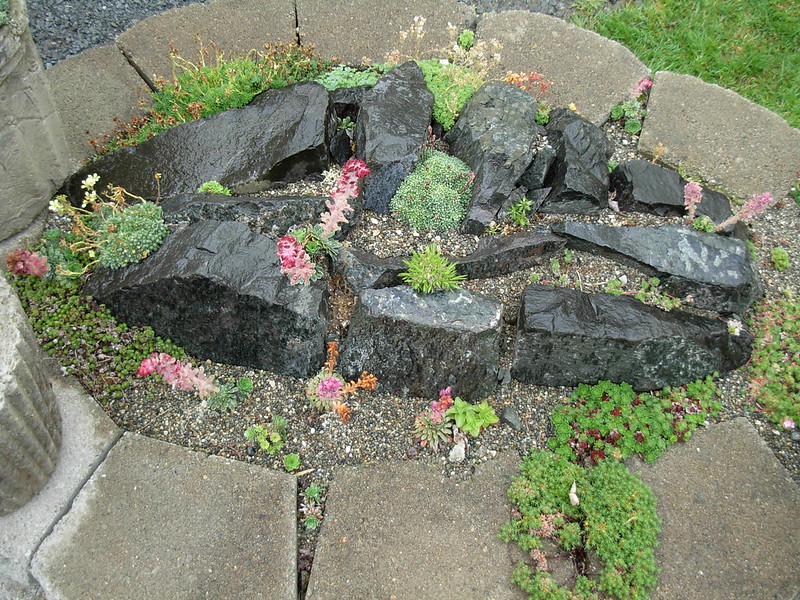
Just as it sounds, a rock garden is a specialty garden made of carefully arranged rocks, stones, and boulders. Low-maintenance, rock gardens can also include water features, drought-tolerant plants, and statuary. Often used to commune with nature and obtain a meditative state, rock gardens are perfect for bringing calmness and serenity to landscape design. See “15 Rock Garden Ideas to Create a Sense of Calm.”
Rooftop garden
Especially prevalent in urban areas, rooftop gardens provide an outdoor space for containerized gardening, including the implementation of raised beds. Rooftop gardens, also known as “green roofs” can lessen the Urban Heat Island Effect, reduce stormwater runoff and air pollution, and lower energy bills. See “How to Start an Urban Rooftop Garden.”
S
Sedum
A perennial succulent, sedum requires full sun or partial shade and is commonly used as a ground cover. Depending on the type (there are more than 300 species), this drought-tolerant plant will give off large and showy yellow, red, pink, purple, white, green, or orange blooms. Its leaf color varies, too, from green to chartreuse to black.
She shed
The woman’s rebuttal to the man cave, a she shed is a room or space, typically in a refurbished storage shed. Designed to be a respite from a busy household, she sheds can double as craft rooms, offices, or places to just chill out and relax.
Square-foot gardening
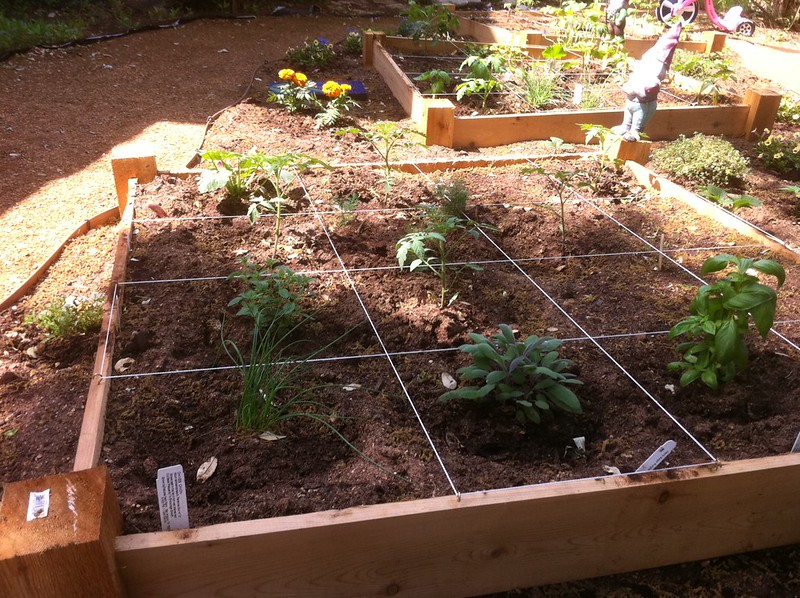
This gardening technique uses raised beds with several sections of separate square feet. In each square block, one type of vegetable or herb is grown, making manageability much easier. Rather than a standard rectangular raised bed with segments of small squares, other design options include circular planters with triangular sections.
Succulents garden
Succulents are fleshy plants that store water in their stems and leaves; they come in a variety of shapes, colors, and textures. A garden made of these drought-tolerant plants is low-maintenance and perfect for first-time gardeners. Examples of succulent plants include sedum, cacti, jade plant, sempervivum, and aloe vera. See “How to Create a Succulent Garden.”
T
Tree house
Traditionally, a tree house is a playhouse for kids situated in the branches of a tree. However, in recent years, tree houses have also been built as guest houses and as an extended living space for the whole family.
Trellis
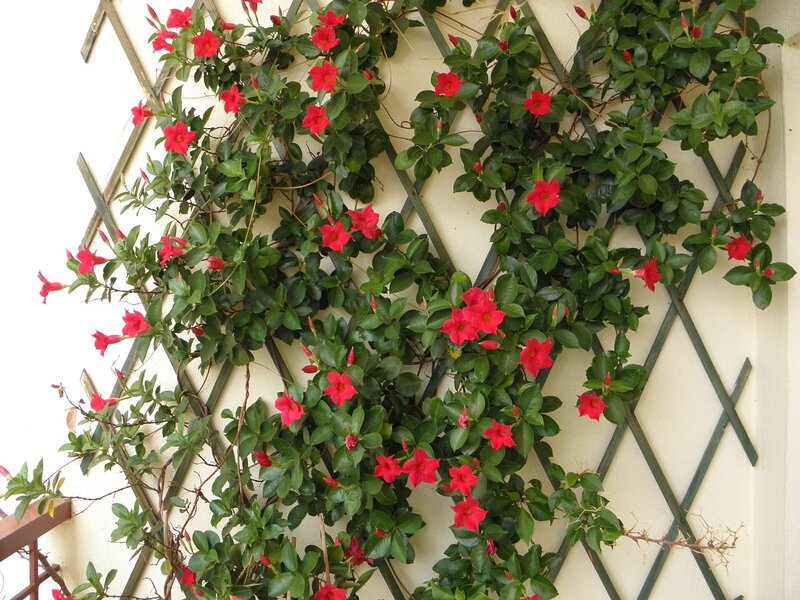
Trellises are frames used in vertical gardening and are meant to support the growth of climbing plants, such as roses, clematis, and morning glories. Typically adorned with mesh latticework, trellises can be made of wood, heavy plastic, wire, and metal, and either mounted to an exterior wall or left freestanding. See “22 Trellis Ideas that are Simple and Easy.”
U
Urban Heat Island Effect
This is an issue that affects city dwellers, as the myriad of buildings, concrete roads and walkways, and other structures absorb heat and reflect it back into the atmosphere at a higher rate than rural areas. The lack of greenery in these areas means there’s not enough cover for shade, and as a result, these “heat islands” can be up to 7 degrees hotter than outlying areas.
USDA Hardiness Zone

A hardiness zone is a specific region of the country in which certain plants can thrive. Designated with letters and numbers one to 13, hardiness zones show the differing climates and weather conditions of varying geographical locations throughout each state. For example, Zone 1 covers the cooler, northernmost states, while Zone 13 covers the warmer, southernmost states and territories.
V
Vertical gardening
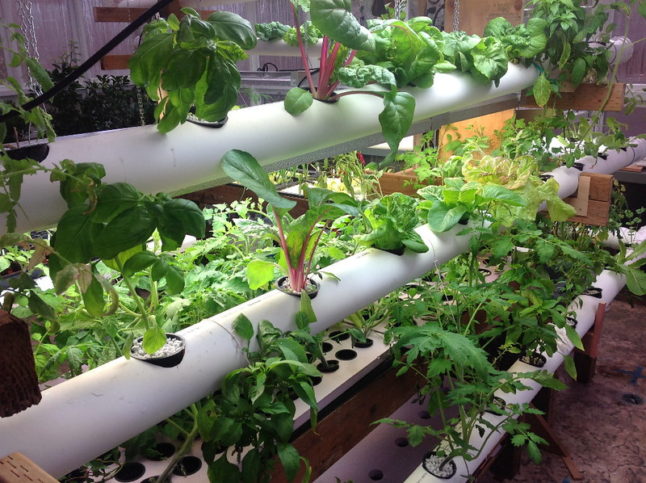
Vertical gardening is the method arranging various types of plants in such a way that they grow up (or vertically). This can be done in a number of ways. You can install pots along shelves on an exterior wall, hook hanging baskets on windowsills, or train climbing plants to ascend trellises, railings, pergolas, or other freestanding structures. See “13 Vertical Gardening Ideas to Turn Your Small Space Into an Outdoor Paradise.”
W
Water garden
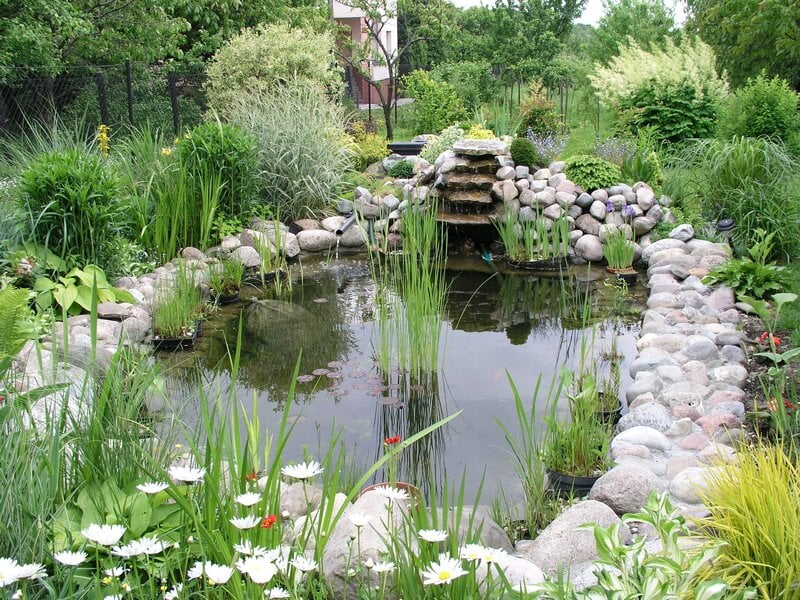
A water garden is a pond or other water feature that’s home to aquatic plants, such as water lilies, rushes, sedges, and cattails. Perfect to include in Japanese gardens for even more of a calming feel, water gardens can also contain goldfish and koi fish.
X
Xeriscaping
Taken from the Greek word “xeros,” which means “dry,” the term “xeriscaping” was coined by Denver, Colorado’s water department in the late ‘70s and early ‘80s and literally means “dry landscaping.” Simply put, it’s a type of drought-resistant style of landscaping that requires little to no supplemental irrigation. See “A Beginner’s Guide to Xeriscaping.”
Z
Zen garden
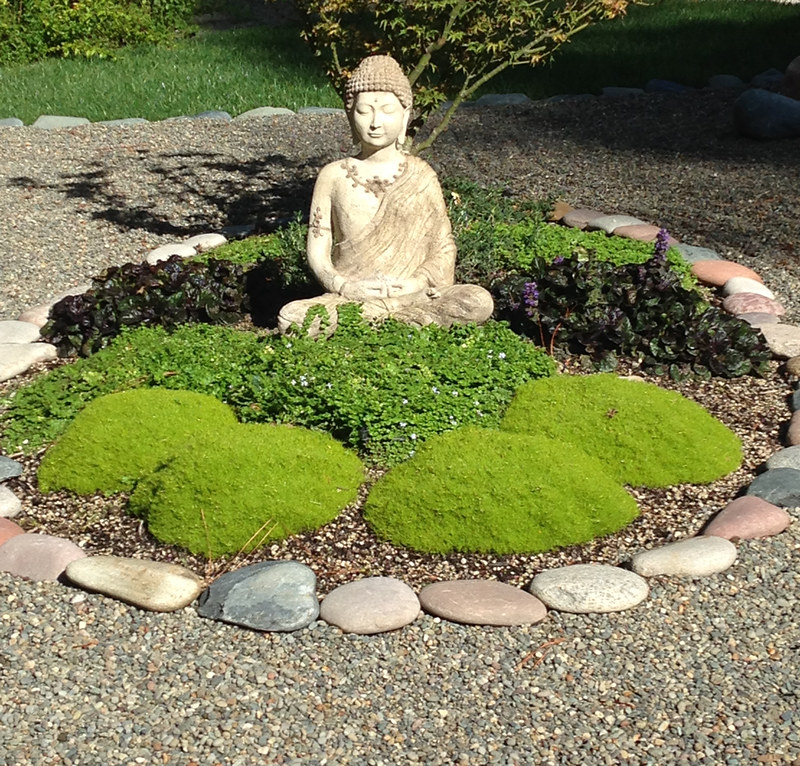
First created by Zen Buddhist monks in the 6th century to help them achieve a meditative state, Zen gardens (aka Japanese rock gardens) are stylized arrangements of rocks, water features, moss, and raked sand. The rake lines symbolize a rippling brook, and the garden as a whole is meant to bring about calmness, serenity, and a sense of being one with nature. See “How to Make a Rock Garden.”
If you’re interested in using some of these ideas for your yard, call today and find a local landscaping pro who can help transform your backyard oasis.
Main Photo Credit: Unsplash
